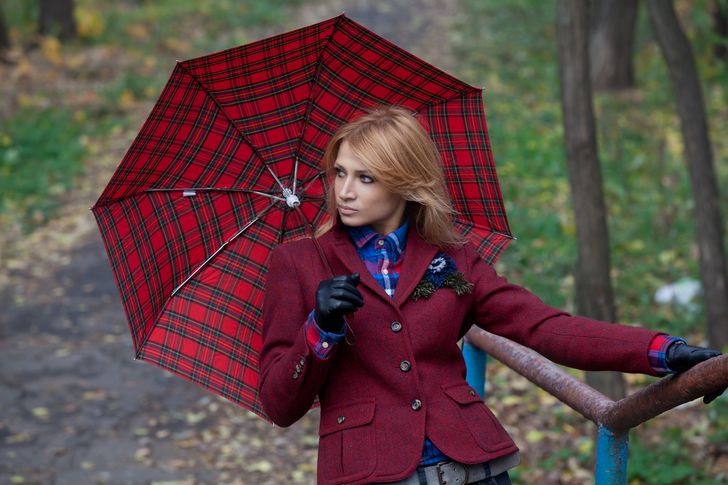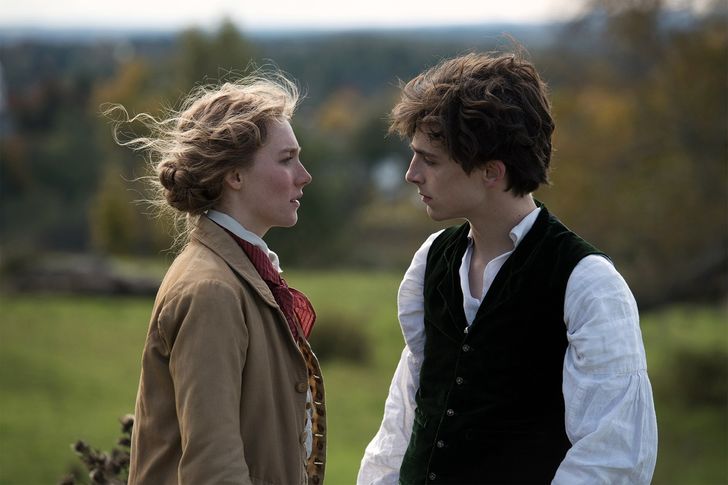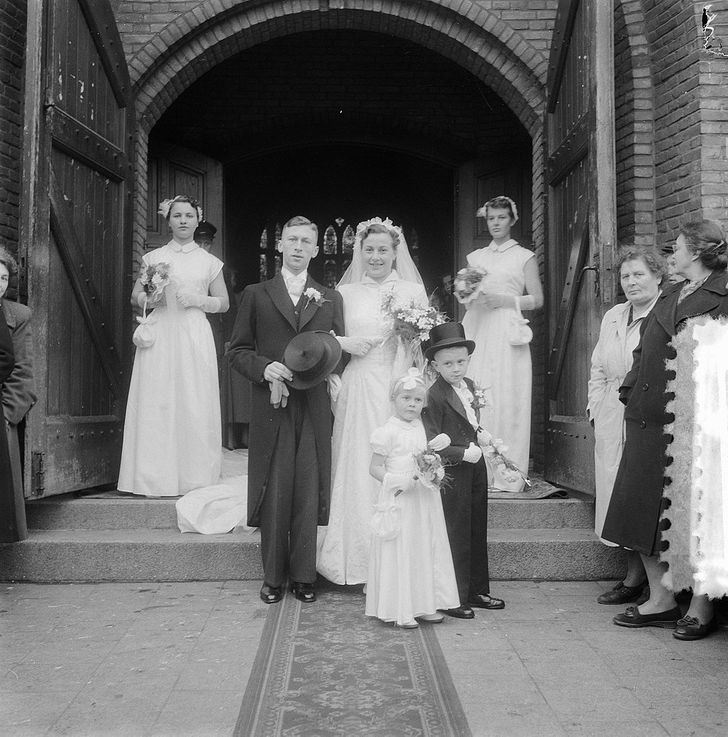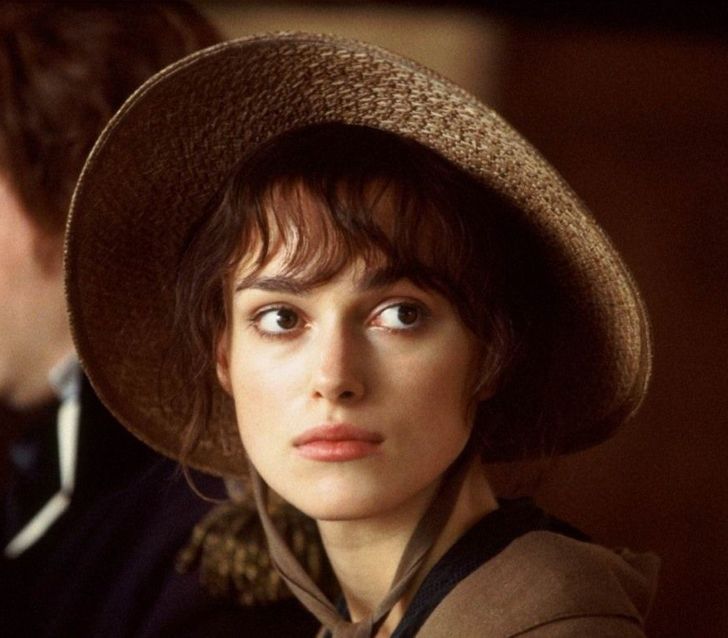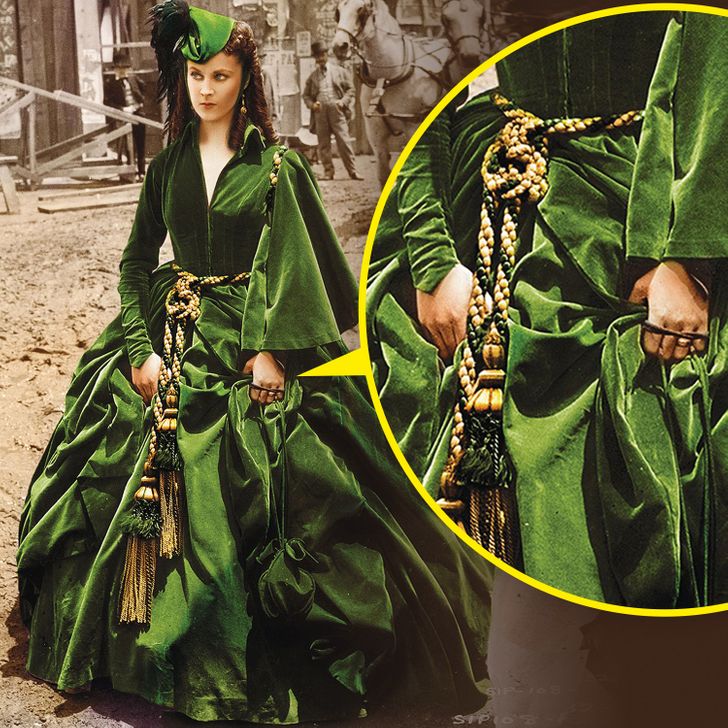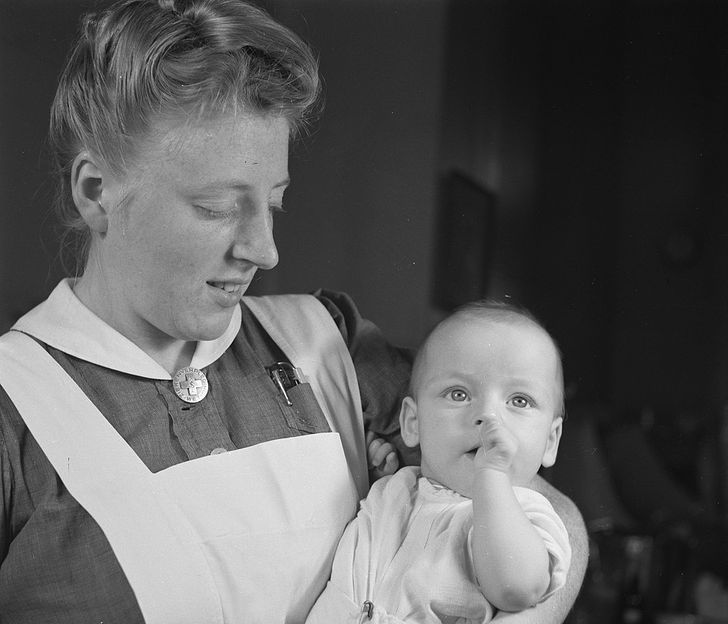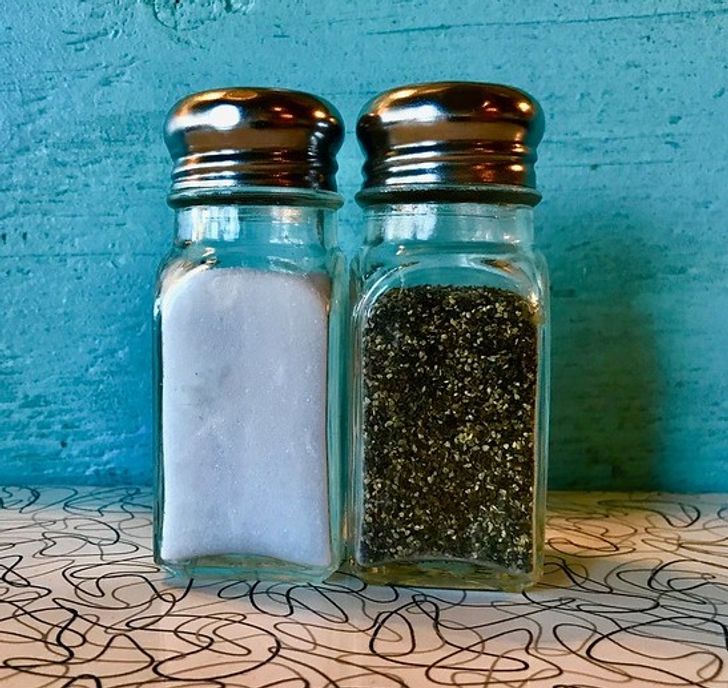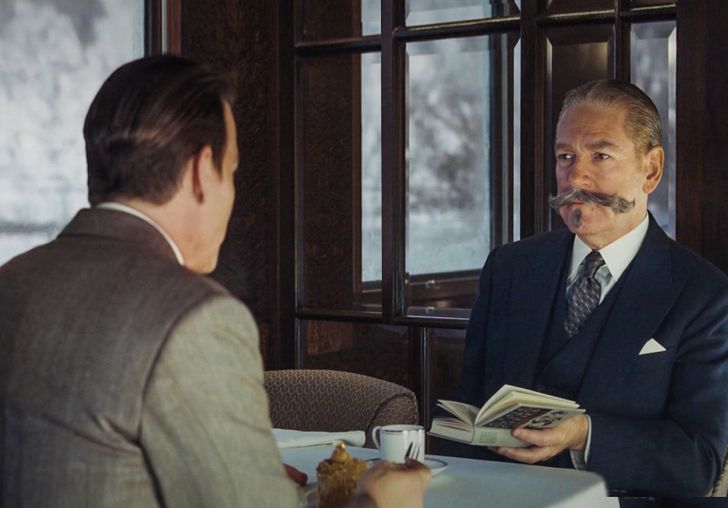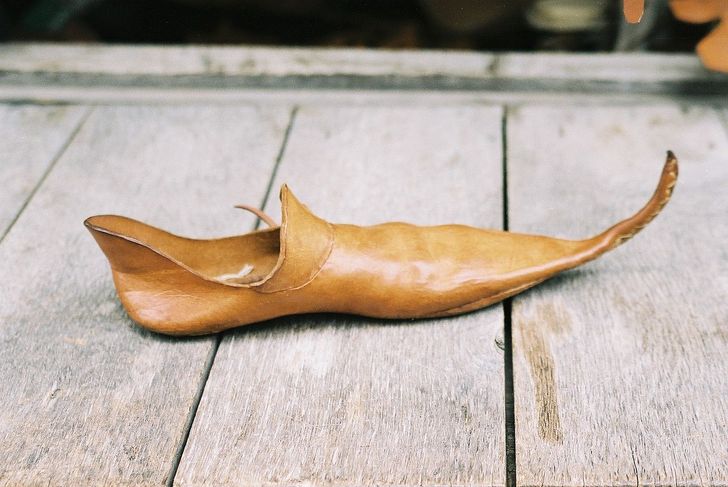interestingly, when I talk on the phone I smile anyways
10+ Weird Things From the Past That’ll Keep You Amused for a Long Time
New times bring new values and behavioral norms to people. For example, the ways to show good manners continue to change and reflect the features of the epoch in which they arise. For example, in medieval France, people would wipe their hands on the tablecloth and drink soup straight from the bowl. Today these gestures would hardly be perceived as a sign of good manners.
We at Bright Side decided to figure out what weird and unexpected norms existed in the past. Below you will find the ones that evoke a range of emotions — from confusion to slight shock.
The color of an umbrella mattered.
British writer Robert Louis Stevenson felt so strongly about proper umbrella etiquette that in 1894, he wrote an essay on the topic called The Philosophy of Umbrellas. In his work, he outlined that the rain-protecting device indicated the social position of its owner, while the fabric can say a lot about the owner’s character. Thus, according to the writer, accessories made of silk were meant for hypocrites, while gingham umbrellas were for “decent and reputable” people.
It was considered bad manners to talk for a long time.
In the Victorian era, the length of a conversation, just like any other event of social life, was limited by strict rules. Friends who met on the street were supposed to have a short greeting so that their stop in the middle of the road would not disturb each other from going about their business. There were special places for extended conversations. For example, people could communicate longer in a park, which was often a place used for courting.
Couples could get married only at a certain time.
In the same epoch, it was illegal to tie the knot after mid-day. The book called The Habits of Good Society: A Handbook for Ladies and Gentlemen published in 1863 mentions this fact. Though the book itself is more than 400 pages long, there are no explanations for this rule in it.
Raw meat was used instead of cosmetics.
Today many people try to support their natural beauty and look younger than their real age. For this, they use a variety of cosmetic products, that they hardly even have free space on their shelves. In Victorian times, a piece of raw meat served as a universal cosmetic product. People believed that a piece of raw flesh left on the face overnight would infiltrate its youthful essence into the body through the skin. Apart from that, rubbing any animal fat on the skin was also believed to be useful.
It was forbidden to lift your dress with both hands.
In the Victorian era, a woman’s behavior outside was limited by certain rules. Thus, when crossing the road, a woman was supposed to lift her dress with her right hand slightly over her ankles. Doing this with both hands was considered vulgar. Such an indecent gesture could be justified only if the dirt on the road was too deep.
Parents were told to not play with their kids.
At the end of the 19th and the beginning of the 20th century, communication between mothers and children was strikingly different from what we have today. Women were advised to not show excessive affection toward their children. In addition, parents were told to not play with babies until they were 4 to 6 months old.
Salt was always served with pepper on the table.
In the first half of the 20th century, it was not customary to serve salt separately from pepper during meals. For example, if a guest asked for a salt shaker only, one was supposed to pass it together with the pepper shaker. Ignoring this rule was interpreted as disrespect toward a person and was considered a sign of a lack of good manners.
One was supposed to smile when talking on the phone.
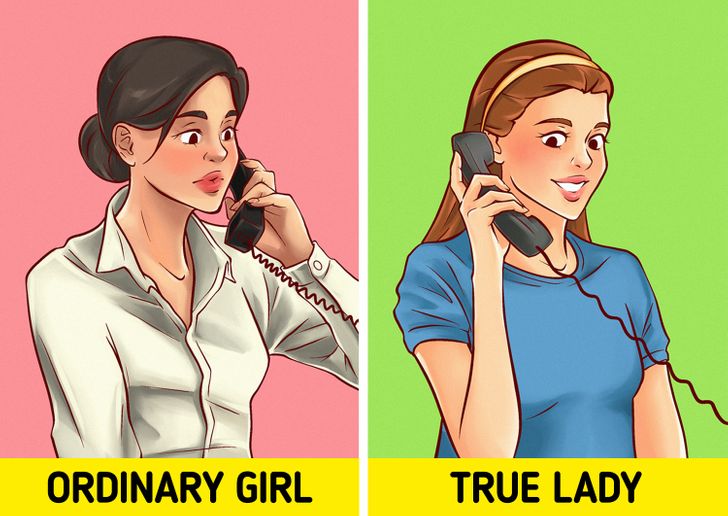
Today it’s hard to surprise anyone with a phone call. However, in the ’40s of the 20th century, people considered it to be a real technological miracle. There were even special rules for communication with the help of such an unusual device. For example, though the person on the other side of the line wasn’t able to see the person they were talking to, it was still polite to smile and speak clearly during the phone conversation.
It was not recommended to read and speak on trains.
Today, in the 21st century, traveling by train is basically taken as an opportunity to finish reading an interesting novel or complete a work task. During the Victorian era, visually impaired travelers were advised to give up reading books, and those with sore lungs were advised to avoid talking.
The length of the shoes indicated the owner’s status.
Clothes used to hold a lot of meaning for the medieval elite because they were a way to demonstrate their wealth and overall superiority over the poor. Because of this, Europe came up with many unusual trends. One of them was long pointy shoes for men, also known as “poulaines.” Their length indicated the owner’s position in society: the longer the tip was, the higher the status a person had.
Spouses were chosen according to phenotype.
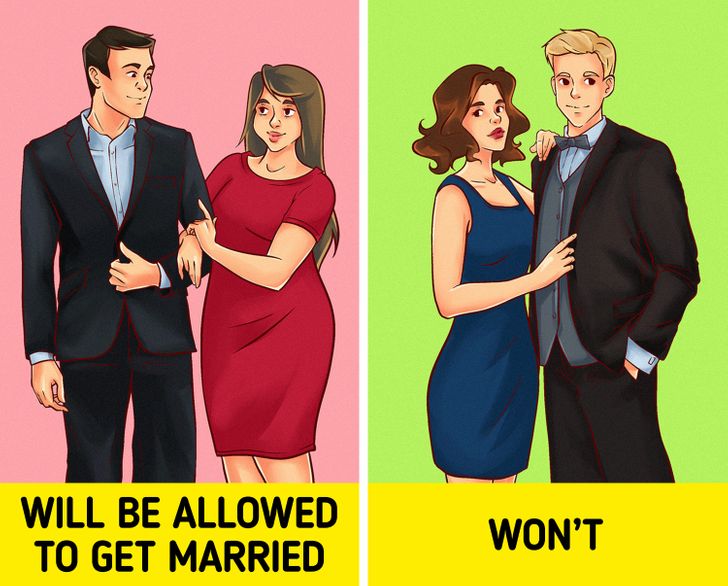
How would you relate to a situation where the choice of a spouse would be made according to socially accepted canons instead of their mutual feelings? In the Victorian era, people had a rather peculiar approach to the issue of choosing life partners. Thus, those with bright red hair and a florid complexion were recommended to marry someone with jet-black hair. Very obese people were supposed to marry the thin, while the wiry and cold-blooded were advised to marry those who were round-featured, warm-hearted, and emotional.
Which of the modern traditions seem outdated to you?
Comments
same here, especially if I really like the person who talk to me :)
I sometimes think that it's very nice that I was born in the current times, where we don't have so many weird rules
our society also has a lot of strangle things that will probably be considered crazy many years later haha
true that 😪
interestingly, I don't talk with my friends when I see them on the street. I just greet them and wish them a good day.
Related Reads
Internet Users Share Everyday Photos That Turned Out to Be Masterpieces

17 People Who Could Easily Win the “Clumsiest Person” Award

12 People Who Accidentally Found Hidden Cameras in Places Where They Shouldn’t Be

16 Stories From People Who Had a Funny Experience With a Rich Person

15 People Who Can Participate in “Fear Factor” After Having Guests in Their House
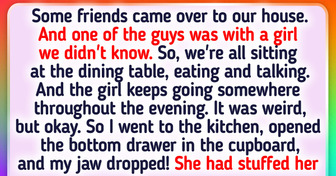
13 Families Who Could Star in Their Own Dramatic Soap Opera
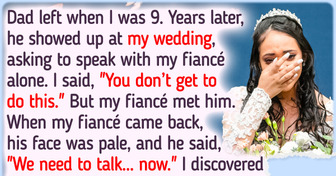
I Overheard a Conversation Between My Husband and MIL and Discovered That My 15-Year Marriage Is a Huge Lie

15 Family Secrets That Could Top Google Searches

20 People Who Went on Their Worst First Dates But Left With a Good Story to Tell

16 People Whose Good Deeds Didn’t Go Unpunished

My Husband Disappeared, Leaving Me 8 Months Pregnant With His Baby
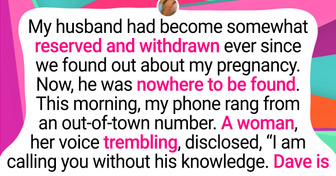
20 People Who Would Probably Never Forget Their Hotel Stay

